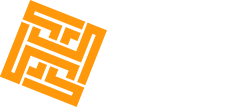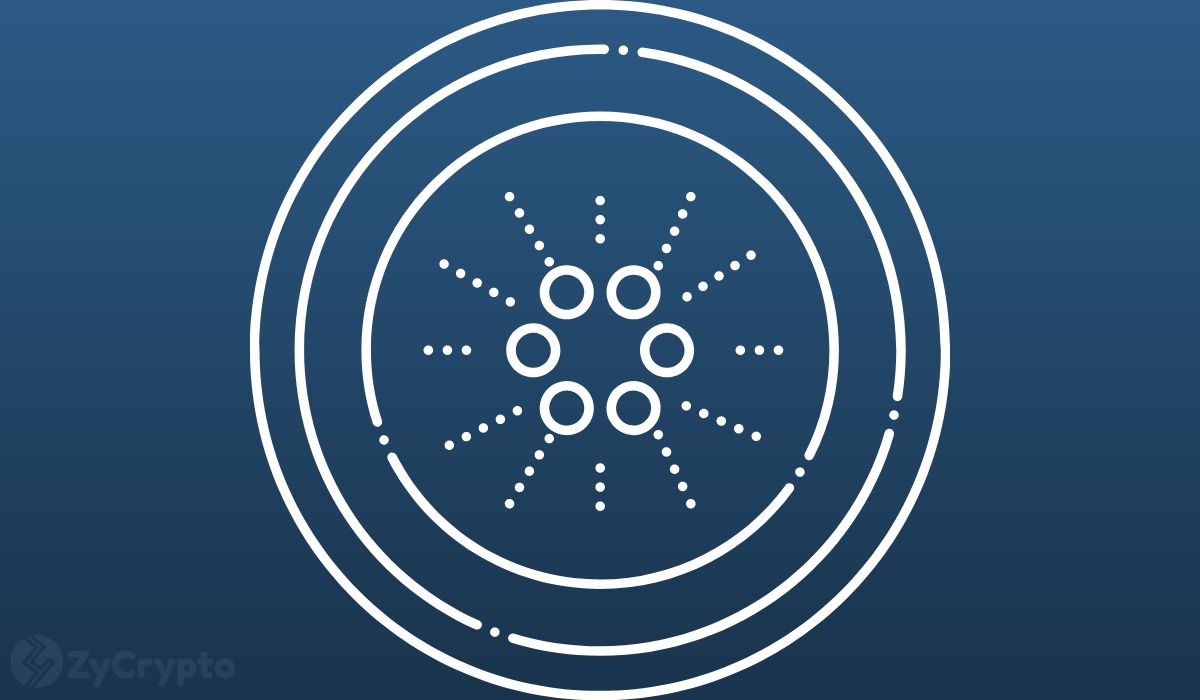In a recent YouTube video, Charles Hoskinson, the founder of Cardano, provided some insights into the latest developments and advancements in the Cardano ecosystem. With a focus on scalability and predictability, the Cardano roadmap is now in the Basho stages, followed by the final step, Voltaire, which will be about governance. This phase is crucial for Cardano as it aims to optimize the chain while introducing new functionality and onboarding more users and use cases.
Scalability: A Key Priority
One of the primary focus areas discussed by Hoskinson was scalability. According to Hoskinson, predictability is a critical factor in achieving scalability. Users need to have a clear understanding of a blockchain’s cost, latency, and reliability, and higher predictability leads to better scalability.
To sustain scalability, resource growth becomes essential. As Cardano’s user base grows, the system needs to scale up its resources accordingly. This approach ensures a smooth and efficient user experience and ensures that the platform can accommodate more users without compromising performance.
Hoskinson said that the system consists of three pillars, namely network, data, and computation, all three need to be maximized for optimal resource growth. But not without trade-offs, of course, as highly scalable networks with lots of resources suffer from issues of decentralization and less security, as witnessed with the Solana outages.
Current Developments in the Cardano Ecosystem
Hoskinson shed light on some of the major projects shaping the future of Cardano:
1. Hydra: Cardano’s layer 2 scalability solution enables some transactions to occur off-chain, enhancing predictability and resource utilization. Hydra is open to community participation and appears to be making fast progress regarding the achievements measured against the roadmap.
2. Mithril: The recently released Mithril, on the other hand, is a stake-based signature protocol that is transparent, secure, and lightweight stake leveraging.
3. Side Chains: Offering fast finality and rollups, side chains alleviate the load on the main chain, optimizing overall performance. This strategic move ensures seamless operations, even during peak usage.
4. Optimizations refer to on-chain utilization of available resources, i.e. making changes to the block structure and network layer leading to comparable outcomes with fewer resources used.
Growth and Input Endorsers
Hydra, Mithril, and Side Chains all have in common that they get things off-chain, while Optimization is about improving resource utilization on-chain. Stressing the crucial part of Optimization, Hoskinson thinks these improvements can lead to high growth of Cardano over the next 5 years while maintaining a well-functioning network.
Cardano has often been criticized for being slow-moving. Still, the Cardano founder highlights that Mithril and Basho are already implemented and there is heavy work for sidechains, which highlights the momentum building on Cardano.
The other main development of Basho is the so-called Input Endorsers, which will see the Cardano blockchain transition to a high-speed layer 1 blockchain with substantially improved transactions per second on the leading layer. Hoskinson stated that much work still needs to be done on this. Still, the transition would not be necessary in the short term as Cardano keeps up with demand while working on side chains, Mithril, Hydra, and optimizing current resource utilization.


